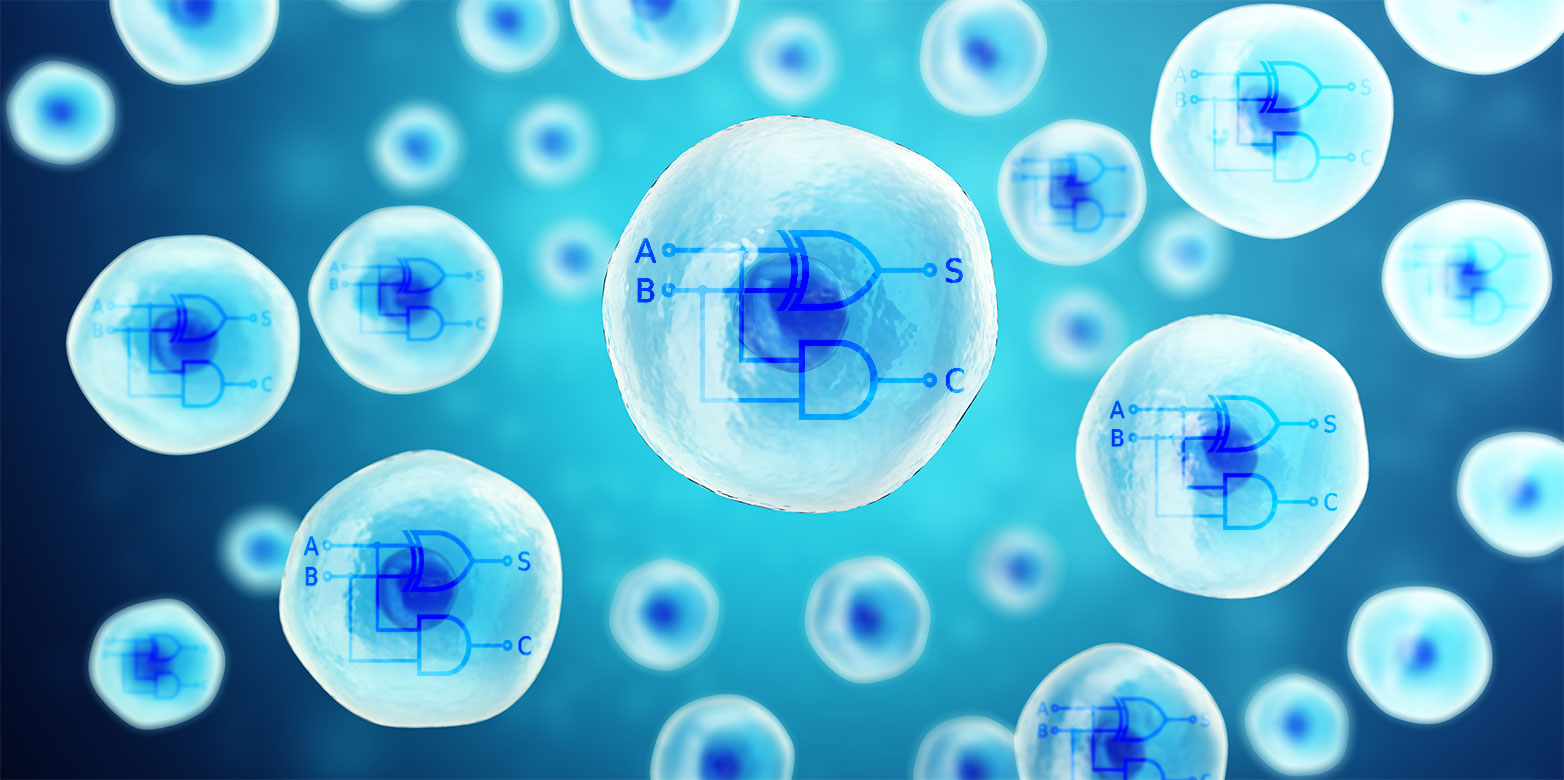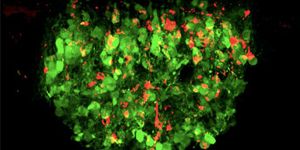Development of a Biosynthetic Dual-core Cell Computer
The main goal of synthetic biology is the ability to control gene expression through gene switches based on computer models. For years, biotechnologists worked to compose digital circuits with the help of protein gene switches in cells. But digital circuit come with negative aspects such as not being flexible, depend on only simple programming, and are capable of processing just one input at a time.
Learn more about synthetic biology:
Now, a team of researchers have developed a new wat that takes advantage of biological components to construct a flexible core processor, or central processing unit (CPU). Such processor is capable of working with many inputs in the form of RNA molecules and is based on a modified CRISPR-Cas9 system—essentially a biological computer with a powerful multicore data processing
Furthermore, the researchers advanced their development by creating a biological dual-core processor, similar to those in the digital world through the integration of two cores into a cell by using CRISPR-Cas9 components from two different bacteria. "We have created the first cell computer with more than one core processor,” says Martin Fussenegger, Professor of Biotechnology and Bioengineering at the Department of Biosystems Science and Engineering at ETH Zurich in Basel. "Imagine a microtissue with billions of cells, each equipped with its own dual-core processor. Such 'computational organs' could theoretically attain computing power that far outstrips that of a digital supercomputer -- and using just a fraction of the energy.”

Based on digital examples, ETH researchers introduced two cores made of biological materials into human cells. (Graphic: Colourbox/Steven Emmett, ETH Zurich)
The advantage of a cell computer is it can be used to monitor certain metabolic products or chemical messengers. "This cell computer may sound like a very revolutionary idea, but that's not the case," says Fussenegger. "The human body itself is a large computer. Its metabolism has drawn on the computing power of trillions of cells since time immemorial and in contrast to a technical supercomputer, this large computer needs just a slice of bread for energy.”
Source: Science Daily








